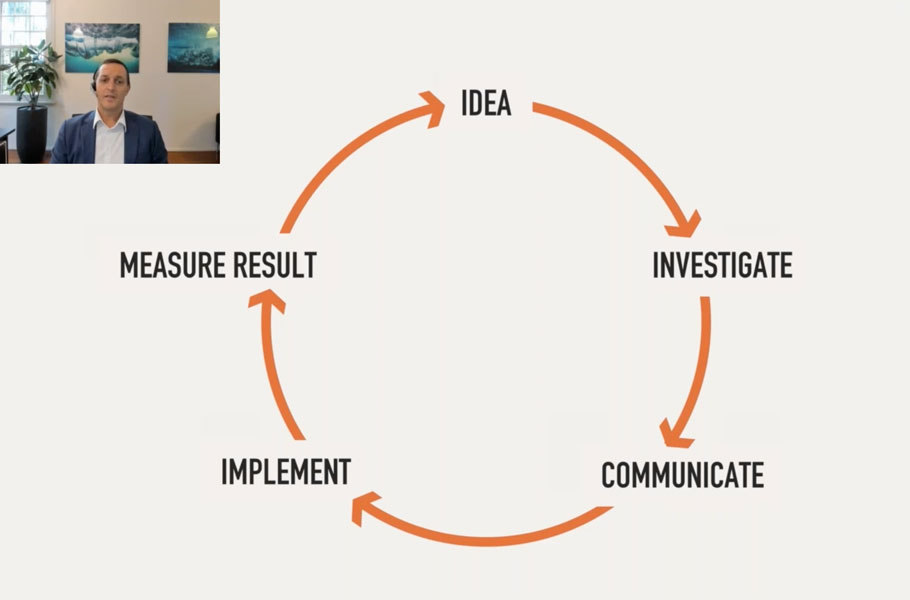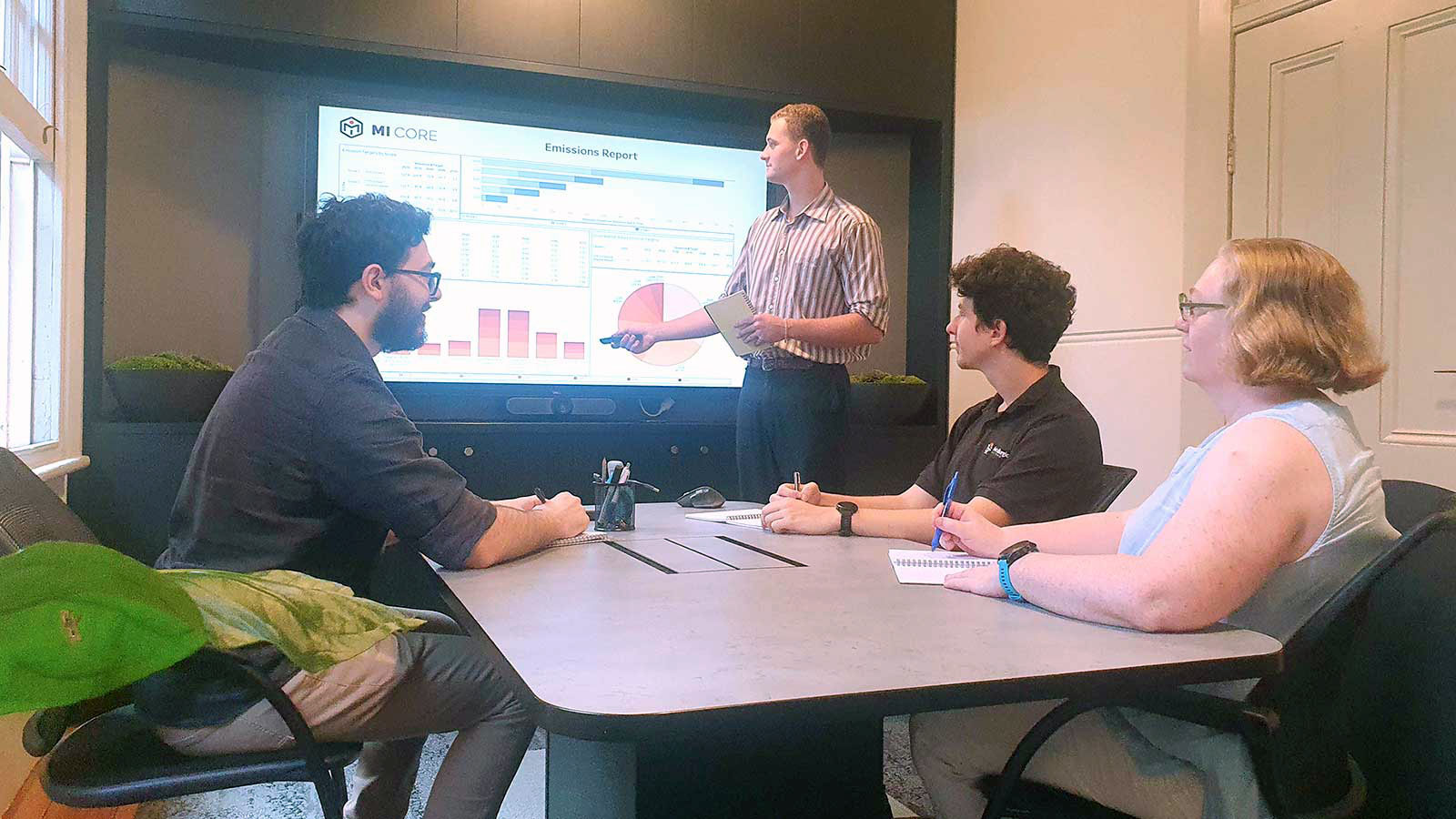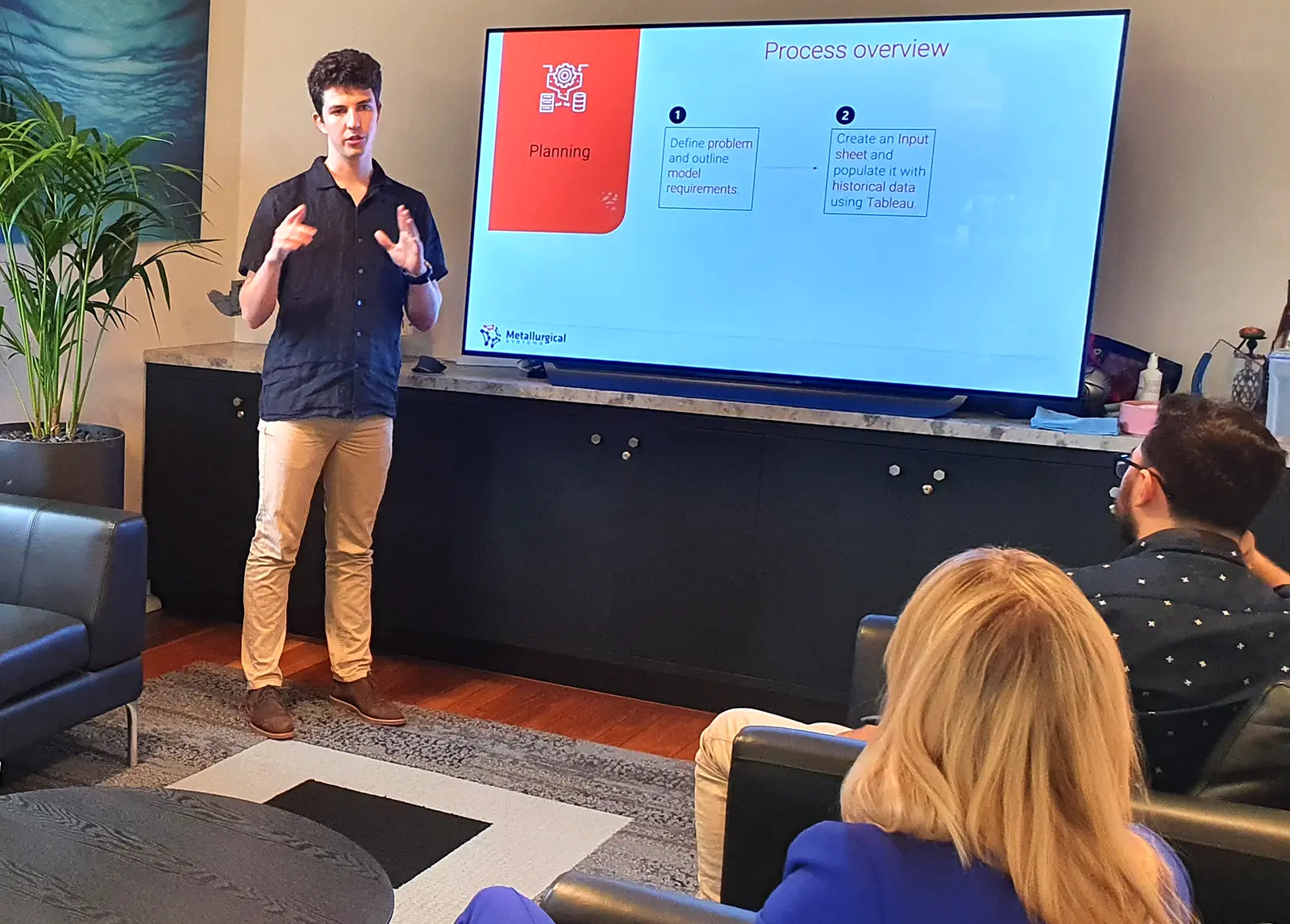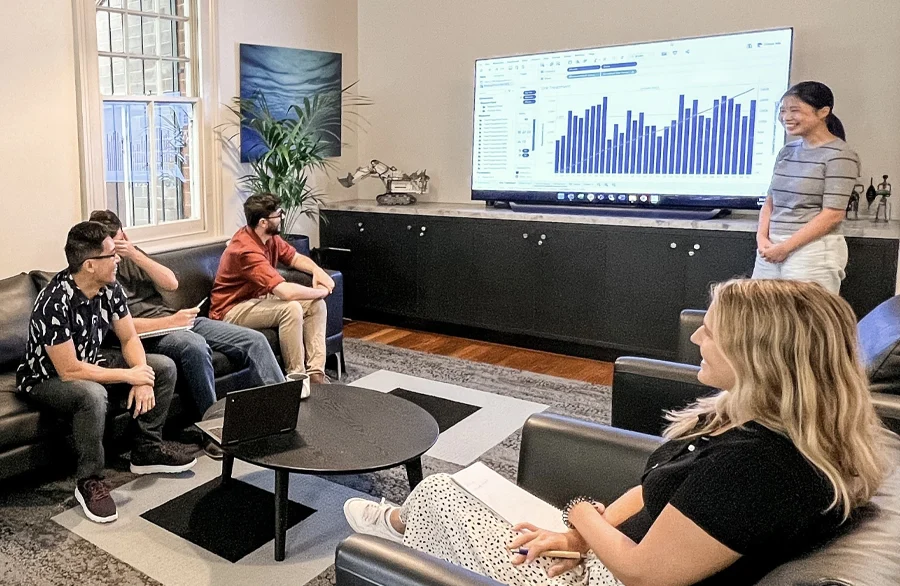Q: Where do you think we as an industry are generally at in our maturity and willingness to adopt new technologies?
A: I would say that there is a spectrum of people in our industry. Generally, technical metallurgists are very eager to transform because it actually enables them to do the job they want to do. Nobody wants to administer an Excel sheet, so the eagerness to go down the digital path is typically high with technical engineers. But if I then compare our industry to what I’ve seen in other industries, I’d say the mining industry is terribly slow at adopting new technology. There’s often a real ‘do it yourself’ mentality, particularly within the larger organisations. And it’s easy for them to fall into that because they have the resources, and they have talented employees. But it is a specialised skillset, and it takes time, and that’s not really their core skillset. So, what you normally see is reluctance in the larger companies, because there’s almost a cycle of failure, or what I refer to as a ‘spiral of failure’, and unless they can get themselves out of that it’s difficult for them to progress any further.
Q: If we wanted to develop a digital twin ourselves, what would be the first step?
A: If you’re going to embark on building a digital twin, I would say to look at the technology that’s already out there and try to utilise some of it, because trying to build your own solution from scratch is a very long game. It’s taken us over ten years. It’s just not something you’re going to be able to achieve very quickly, even with all of the programming tools available. The first step is to go and find a simulation software that can meet all of your basic requirements, and then try to build a section, and then align it. Like I always tell everyone, if all the data was correct all the time, it would be very easy to build a dynamic digital twin. But the reality is, it’s not.
Q: How do you as a consultant, show value to clients at early stages of digital transformation? Are there some strategies that have worked well for you?
A: By putting the right tools in place, you can actually show some pretty big wins pretty quickly. In fact, with most of our software deployments, we manage to find something that pays for the investment multiple times over before we’ve even completed the implementation. To give you one example, we were implementing our software at a flotation plant, and while putting together some reagent reporting, we noticed the xanthate addition seemed to be really high – beyond the point of which you would expect to see more recovery. So, we flagged it to the plant’s operations team, and their response was ‘oh my gosh!’. This finding alone equated to a saving of over a million dollars a month. So, the wins are really big if you can put all the data together, and it’s very easy to show value.
Q: What have you found to be the most successful approaches to implementing these new systems?
A: Often, we find that the technical manager does really set the tone for the operation and the standard for all the engineers. If that person doesn’t enforce the transition, it is very difficult to achieve success because you’re providing people with a mechanism to stay where they are. You really do need an engaged manager. This person needs to see the value in the work you are doing, and effectively support the team to learn. It’s also important that the overall manager encourages employees to take some time out every day to work within the system, because that’s the only way you get better at it, and the more you use it, the faster you get at it.
Q: Aside from Excel, is there a front-runner generic metallurgical balancing program that is gaining industry acceptance?
A: Well, the phrase generic metallurgical software, is somewhat of a contradiction. The only solution of its type, without giving ours too much of a plug, is our Metallurgical Intelligence® software. It’s installed on 23 sites worldwide, and in 3 languages – soon to be 4 languages. And what makes it powerful is that it’s been specifically designed for metallurgical operations. Things like Excel don’t have the capabilities to deliver on digital transformation and digital analysis. So ours is really the only solution that I’m honestly aware of.
Q: Would you explain more about your dynamic digital twin? Is it a data driven model, or based on first principles?
A: It’s both. Essentially, it is a first principles math and energy balance that includes all the chemistry. We include the data, typically what comes into the plant, and then we try to align how this data squeezes through all the different areas. So, for example, if I put one hundred cubic metres into a tank, and I take one hundred cubic meters out, and the tank level increases, which one of those things is wrong? In isolation you can’t actually work this out because they could all be wrong, or just one or two could be wrong. But with a dynamic simulation, if you do a first principles math and energy balance across the whole site, you’ll see the alignment of the process matches as you go down the plant, then at one point it will change. So you then need to look for what happened next. So, it’s the first principles math balance, but you are using the data to drive the outcome.
Q: And what would be your approach on assuring the quality of that data? We know usually the sensors cannot be trusted because of calibration and other errors.
A: You can trust sensors, but you need to verify them. If you’re constantly reviewing the output of instruments against the overall results, what you find is, as instruments vary or drift, they will be found out very quickly. So, for example, if I link this back to the peroxide example I mentioned earlier, the reason this occurred is because there was a control valve that was supposed to be used to dose the peroxide in, which would in turn keep back pressure on the line, which would keep the magnetic flow metre pipe full. Now, operators were opening the control valve and manually adjusting it, which allowed the pipe to to run half empty. So in this instance, the discrepancy wasn’t the instrument’s fault. The instrument itself was actually quite reliable, but someone had changed the operating procedure. It’s important that we find this information out straight away, and this is what a digital twin allows you to do – it quickly points out where there is a discrepancy between what operators think is happening and what should be happening.
Q: Have you developed digital twins for flotation plants?
A: Yes. Our digital twins cover concentrators, so we’ve created them for copper concentrators, as well as lead, copper, zinc and gold concentrators. We’ve also created a digital twin for uranium, nickel cobalt, copper plants, and we also cover pyrometallurgy, so we’ve developed them for zinc smelters, copper smelters, lead smelters, and everything that goes with them.
Q: Are there any plants where your product would not be suitable?
A: Not from a metallurgy point of view, no. Metallurgical Intelligence has been specifically designed for everything from concentrators to gold plants, CIL plants, smelters, and hydromet plants. I haven’t met a processing plant that doesn’t fit into our capabilities set.
Q: Can you please tie the use of a dynamic model back to the need to have traceable data for reporting reasons?
A: We know that there’s likely to be variability in a plant’s data – there’s no escaping that. There will be times that things don’t necessarily add up. However, a dynamic digital twin model works by allowing you to calculate the expected outcome for a result. It gives you a perfect balance view of where the data should be. This then allows you to verify your source data and gain confidence in a final value. So while you will have a measured result, a dynamic digital twin model enables you to verify this and determine the actual result. This then relates back to your actual production numbers which means you have a clear chain of confidence that the data your reporting is accurate. It’s very difficult to verify measured data without a digital twin.





